
Could there be a stretch of tarmac in the world that has seen a more eclectic, mind-blowing selection of cars run on it than the hill-climb course at the Goodwood Festival Of Speed? The most prestigious racing circuits may well have hosted Formula 1 or top-flight sports prototypes. But how many can then add Group B rally cars, Indycars, Pikes Peak monsters, pre-war bolides, classic touring cars, the cream of modern supercars, NASCARs, future concepts, bruiser racing trucks, superbikes and more? It’s almost impossible to comprehend.
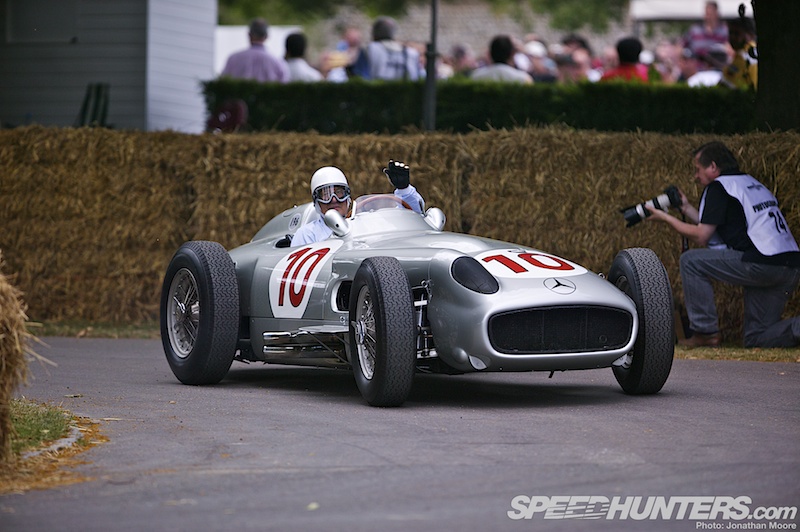
Barely out of its teens, the hill-climb is just 19 years old, making the range of participants even more impressive. Drivers of every period flock to the Festival, revelling in its laid-back approach and friendly atmosphere.
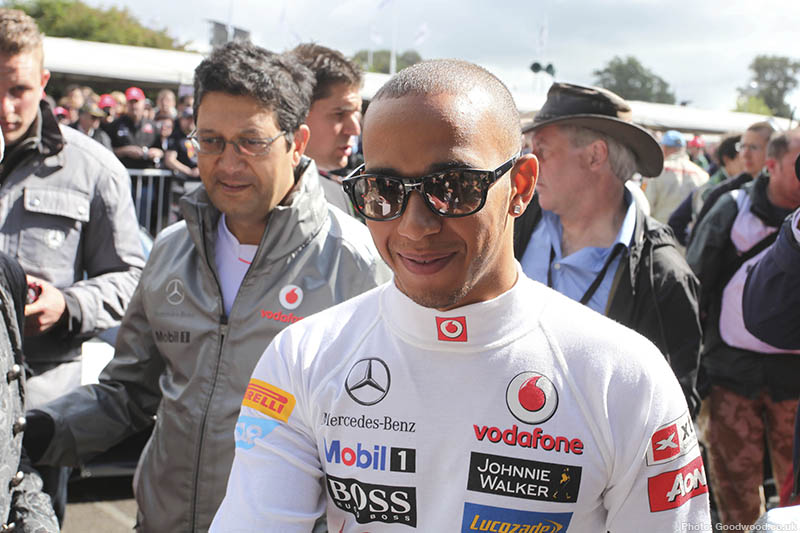
The Festival is scheduled around the end of June and beginning of July to avoid clashes with major international series such as Le Mans and Formula 1 schedules, which means that the turn-out of cars taking to the hill ranges from the humblest club racer to the most powerful single-seaters – often run out by a contemporary driver.
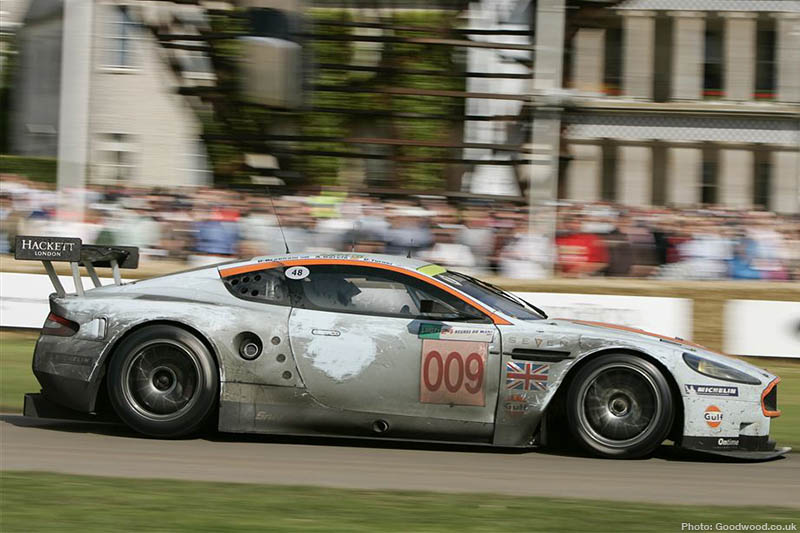
GT racers and prototypes are rolled out of their trucks often still carrying their battle-scars from the great 24-hour race.
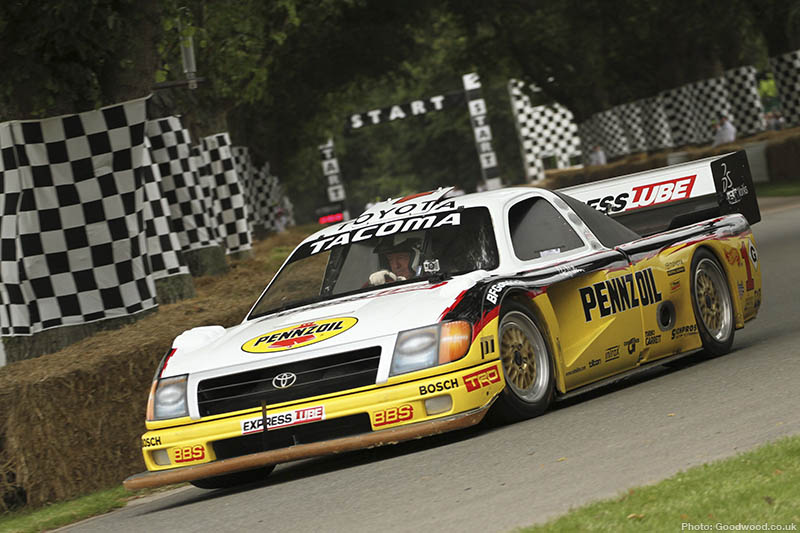
The hill-climb is the Festival Of Speed’s central focus, where a select group of the many hundreds of cars that are on display get to light it up on their journey to the top. Running constantly over all three days of the Festival, the challenging course starts as a tree-lined run in the southern corner of the Goodwood Estate before sweeping past the front of Goodwood House and climbing the steep and narrow Estate road, bordered by flint walls and dense woodland, towards Goodwood’s horse racing course on top of the South Downs.
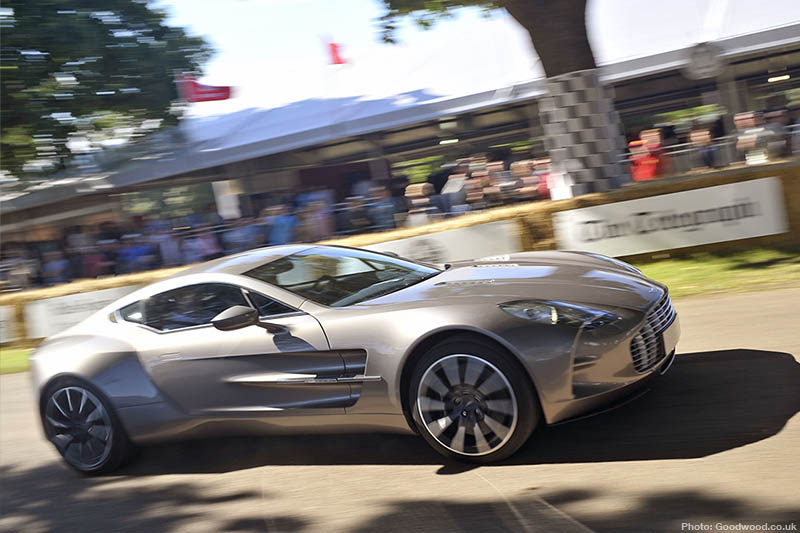
The course is no easy demonstration run either: it rises over 300 feet from the start-line to the finish and takes in nine corners over its 1.16 mile length.
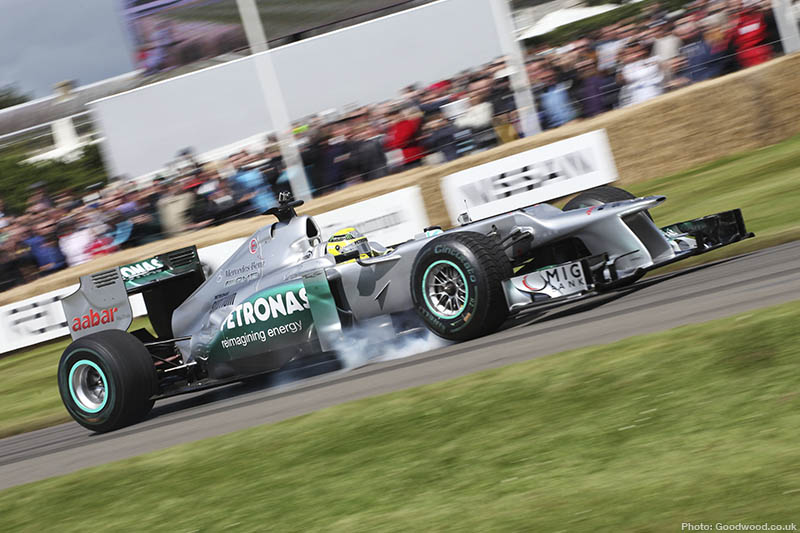
This is a serious hill-climb that requires total concentration and maximum skill. Realistically, it can barely contain the majority of high-powered cars that tackle it, which is what makes it so enthralling to watch.
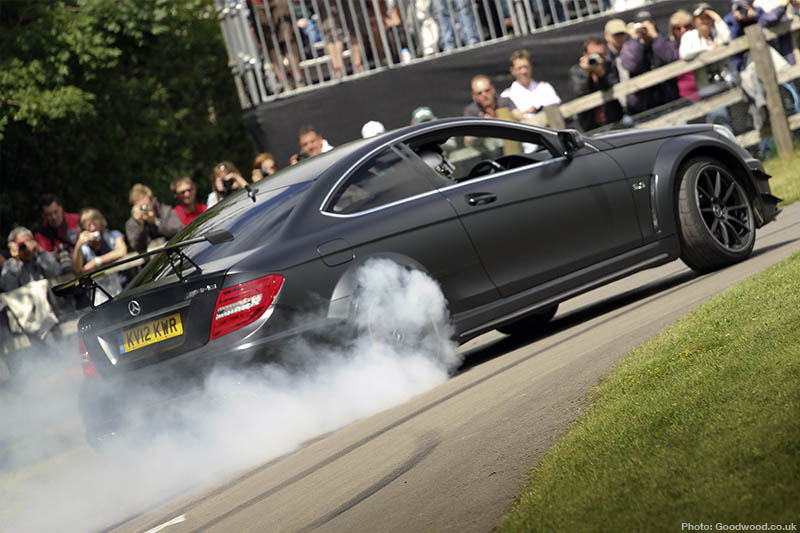
When on a hot timed effort, the drivers have to work overtime to keep the wheels pointing in the right direction and the car on the narrow strip of asphalt. Though often it’s their own fault!
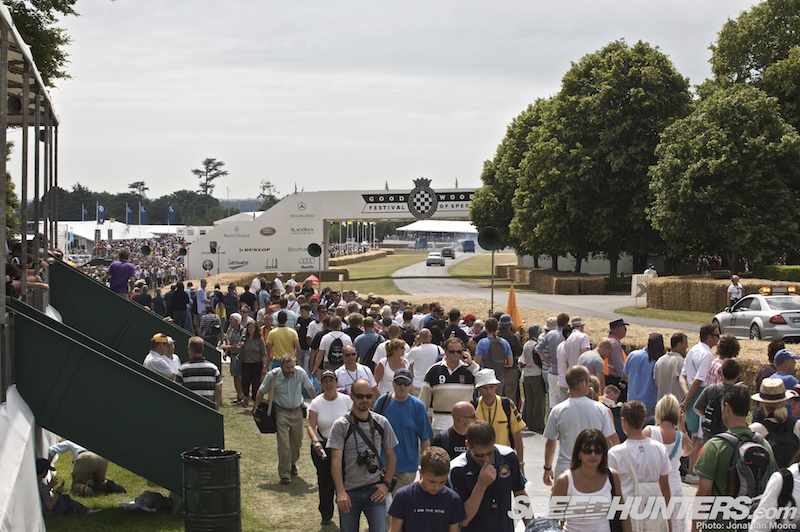
Even better, the course is incredibly fan-friendly: spectators get to stand within a few feet of the course, protected by hay bales in an appropriately old-school style.
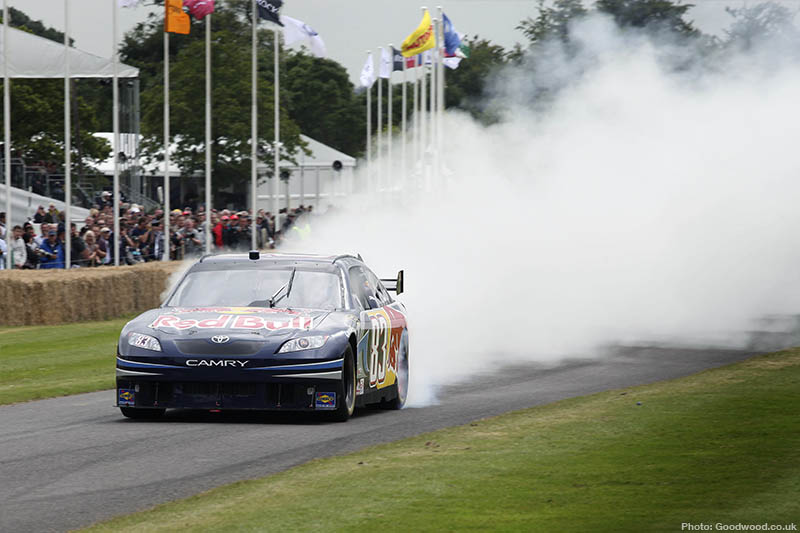
There are various approaches to the hill: four wheels is the predominate method…
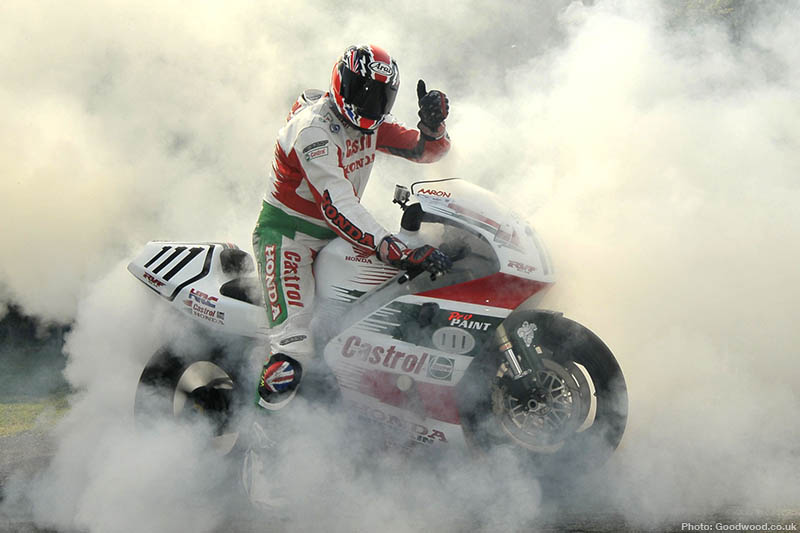
…though two is an option.
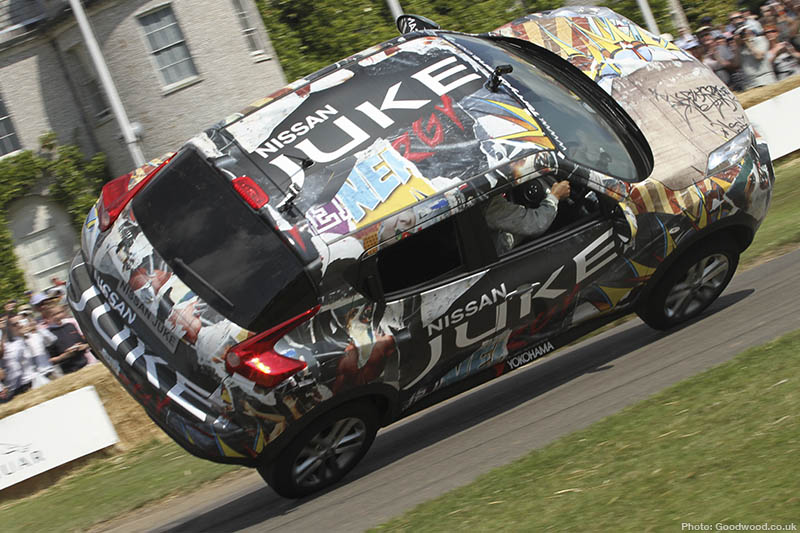
As is two even though you have four available!
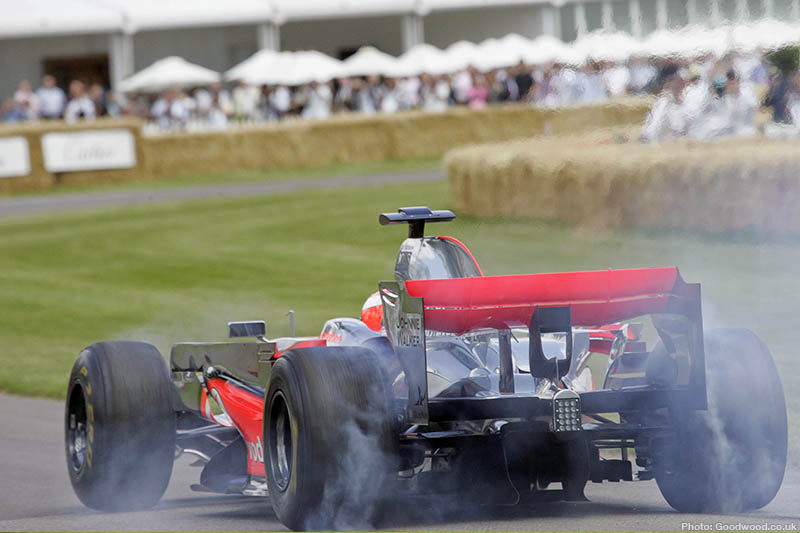
Each year a limited number of cars are registered to go for timed runs in around a dozen batches grouped by class, such as Fastest Winged Single Seater and Fastest Ultimate Rally Car. The overall record is currently held by Nick Heidfeld, who back in 1999 drove a McLaren MP4/13 up the hill in a time of 41.6 seconds – an average speed of 100.385mph. It’s when you see the course that you realise just how impressive these quick runs are.
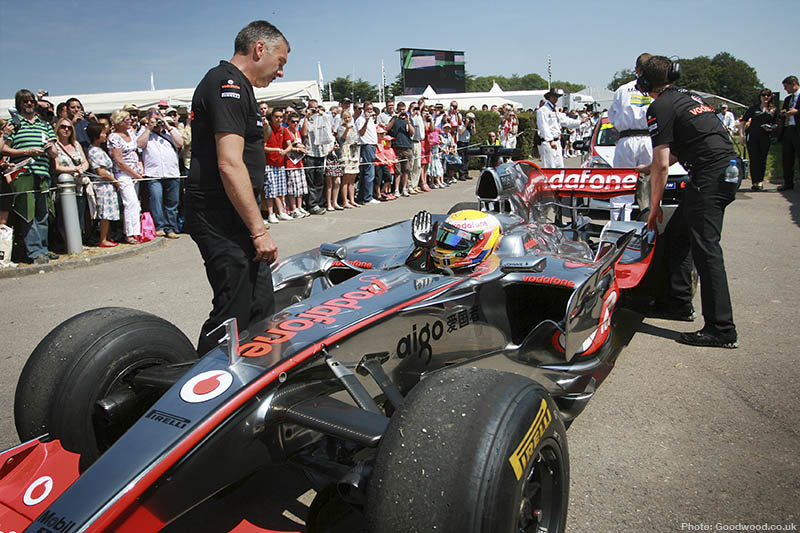
The majority of the remaining cars go for style over speed during their demonstrations – racing bikes and modern Formula 1 cars are not eligible to take part in the timed runs – but that doesn’t stop drivers putting the hammer down when they can. F1 cars have been unofficially timed at completing the course well under the current official record…
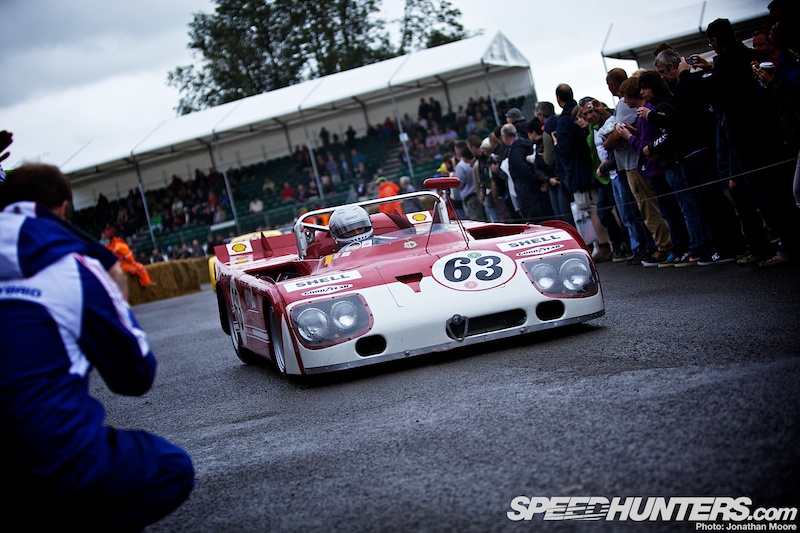
The initial challenge for the drivers is to find their way from the sprawling paddocks spread out across the site to the start-line.
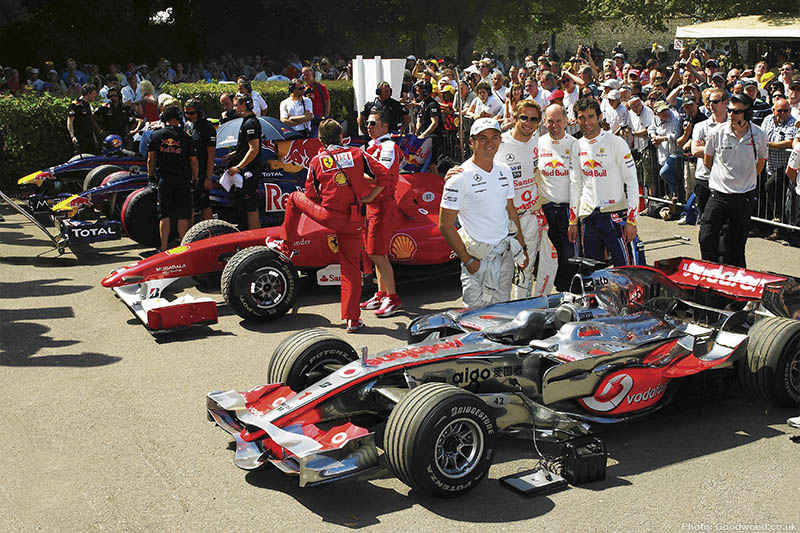
First stop is the main paddock holding area, where each group of cars is assembled and checked before being sent out and onto the course, driving in the reverse direction to the start-line and another assembly area.
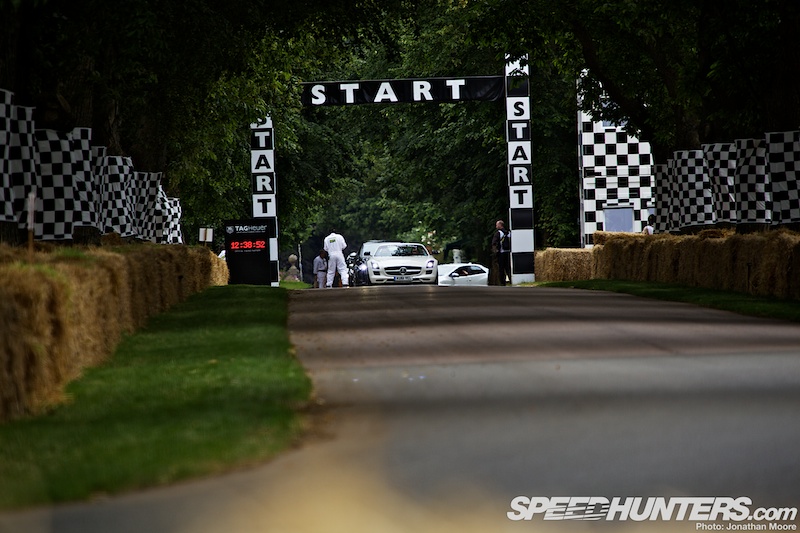
From here they’re lined up in their running order before pulling up to the waiting marshals at the start. As with any timed and officiated hill-climb, the cars are lined up with millimetre precision: marshals roll the cars to the exact position that means that the timing beam will be broken as soon as they hit the gas.

Last year a yard of bricks taken from the Indianapolis Speedway were laid across the start-line in celebration of the centenary of the Indy 500, providing an enduring link between Goodwood and another great sporting event.
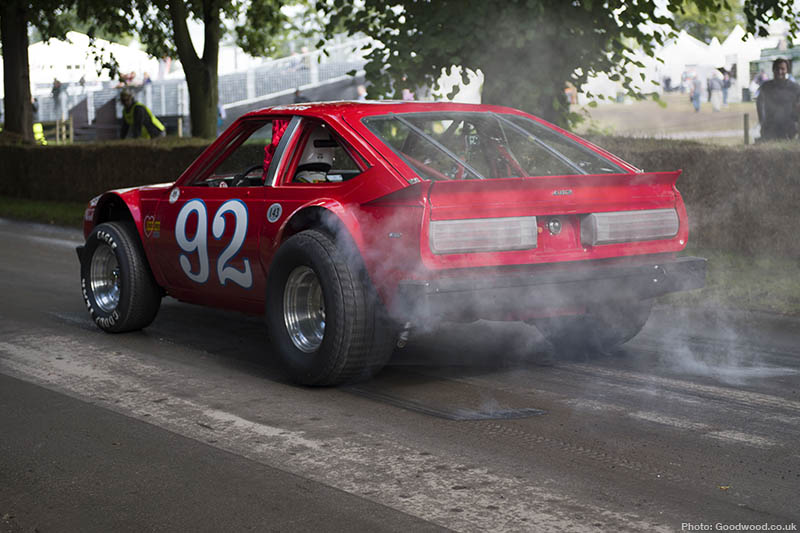
Every second counts: there’s pride at stake here. Over the years the cars to beat have ranged from Group C Jaguars to BTCC Nissan Primera touring cars: it’s all about how that power gets put down. Of course, Pikes Peak cars have also featured strongly, though the narrow course can play against them.
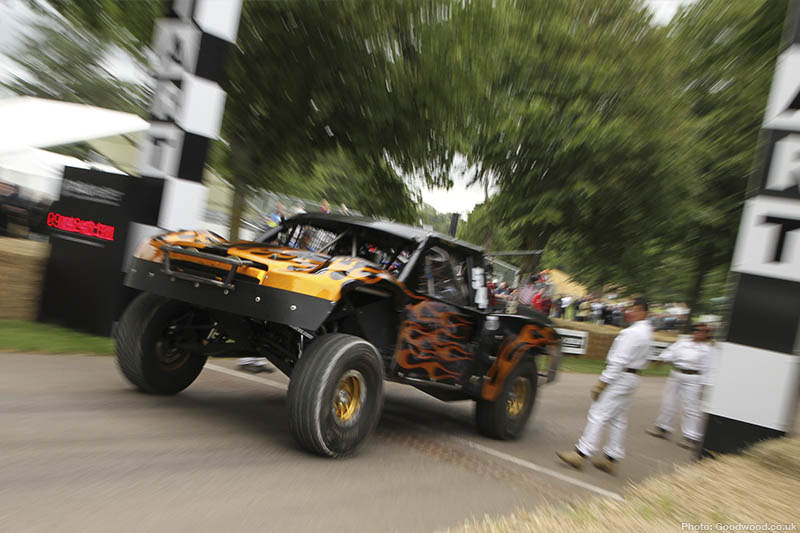
Blasting off the line and up the gears, the most powerful cars are barely into third down the short straight before easing off into the opening right-hander.
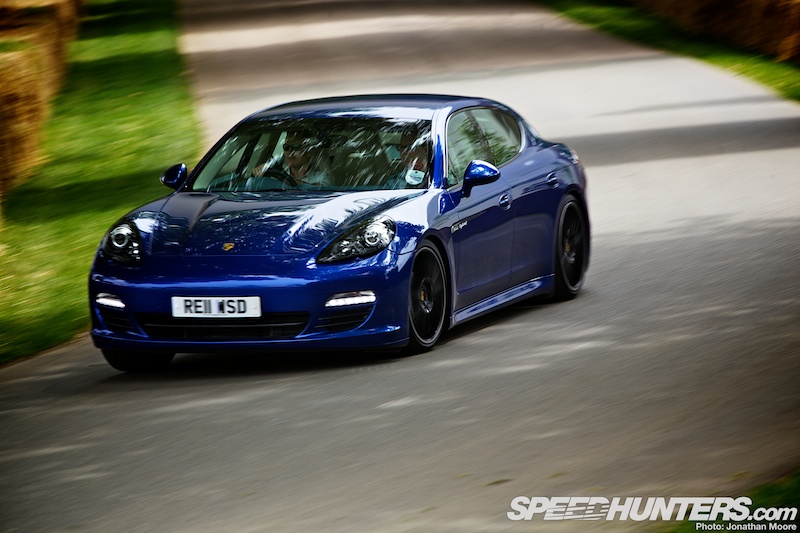
The smallest of concrete blocks line the inner apex; to the left is grass and an intimidating stack of hay-bales. You don’t want to get it wrong on the first corner in front of the massed ranks of spectators… Though many have!
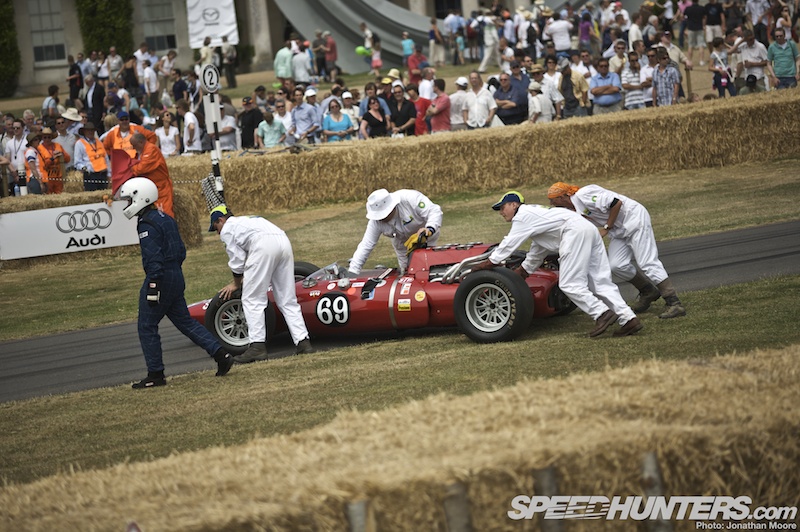
The course is hardly two-cars wide at best, and often choked to a car-and-a-half. Running wide and onto the grass will mean a rapid trip into that hay. Soft in appearance the bales may be, but they’ll stop a car dead and remove plenty of bodywork and vital components in the process.
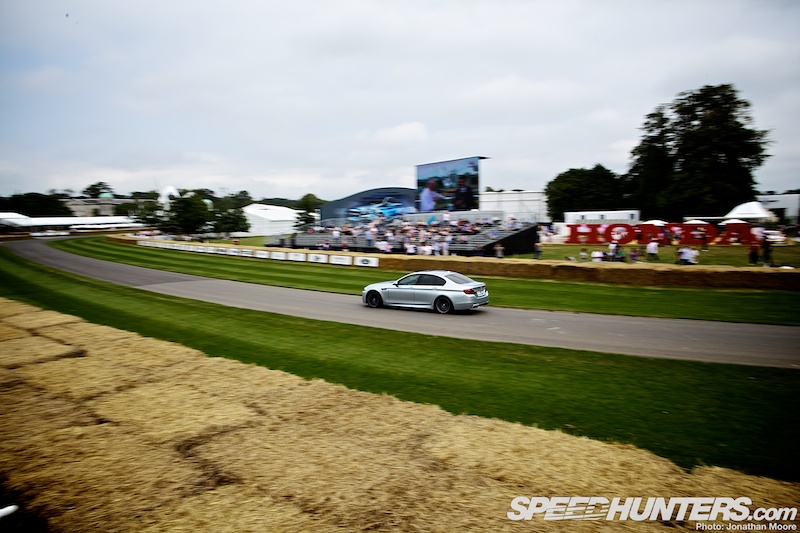
Another short straight is immediately followed by a second, tighter right-hander.
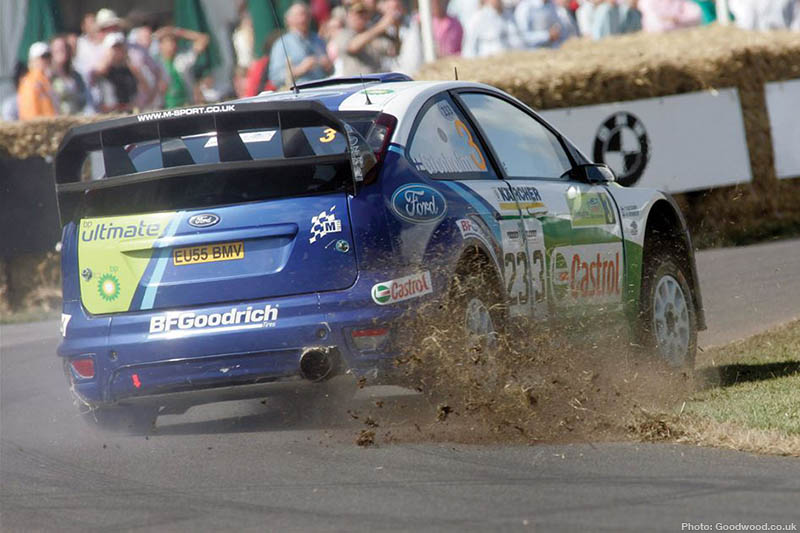
The rally-cars delight in ignoring the delineation between the green stuff and the black stuff…
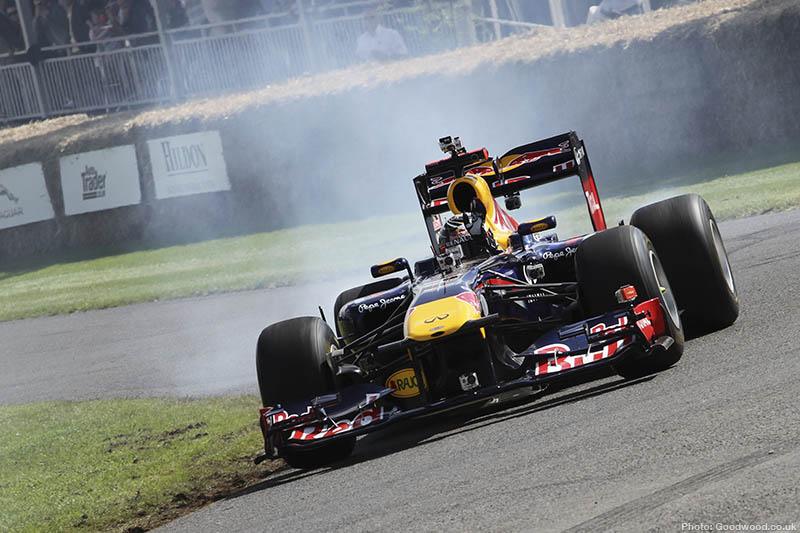
…which means there’s always mud on the apex – a legacy of those previous competitors cutting the kerb-less corner. There’s a small line of serrated kerbing on the outside, though most cars are through and running wide after the kerb has ended.
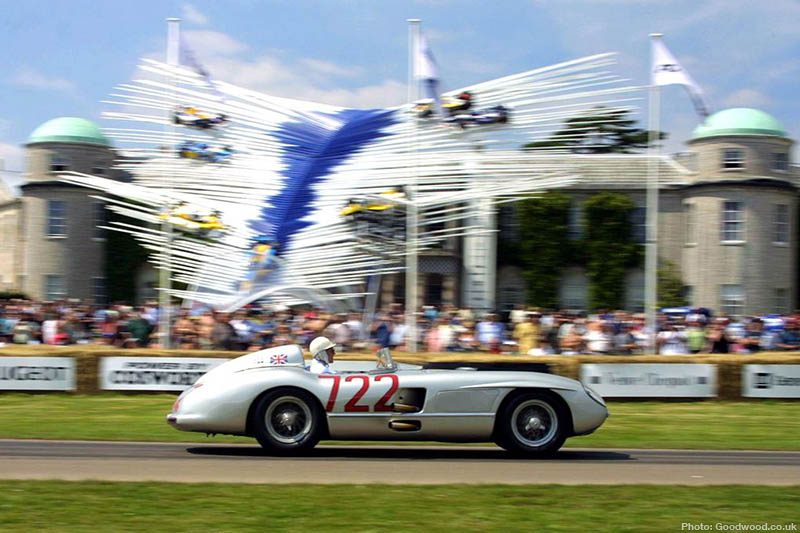
A flat-out right kink puts the cars centre-stage in front of the main spectator area and under the watchful gaze of the great and good in Goodwood House.
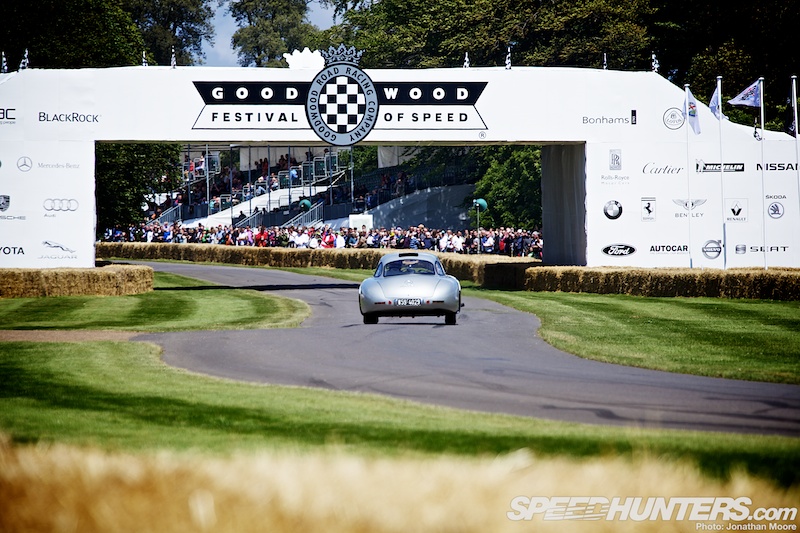
There’s a sprint under the bridge and then it’s off the gas for a left kink which switches into a shallow right kink.

This is another prime position to interrupt a run with some donuts or burn-outs for those not chasing the clock.
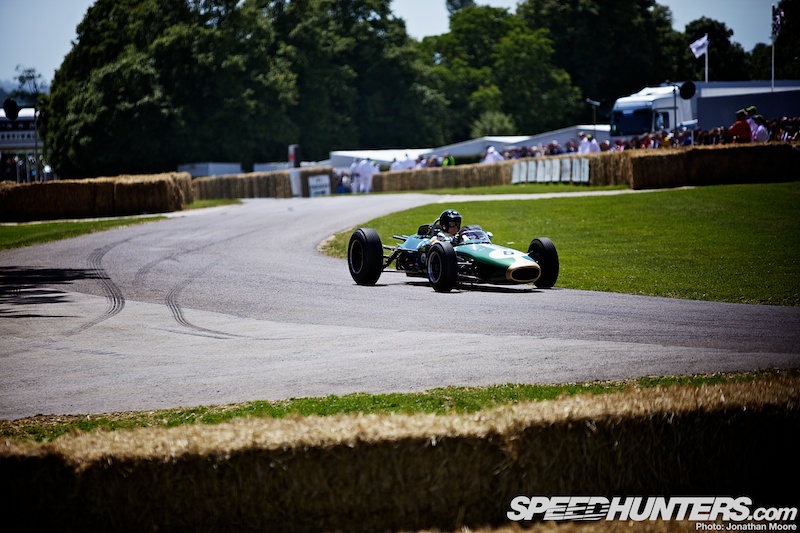
Drivers are then into the meat of the climb: a much heavier, longer left corner which tightens on exit and has a line of bales that seems to close into the side of the track at exactly the point you’d want to run out wide.
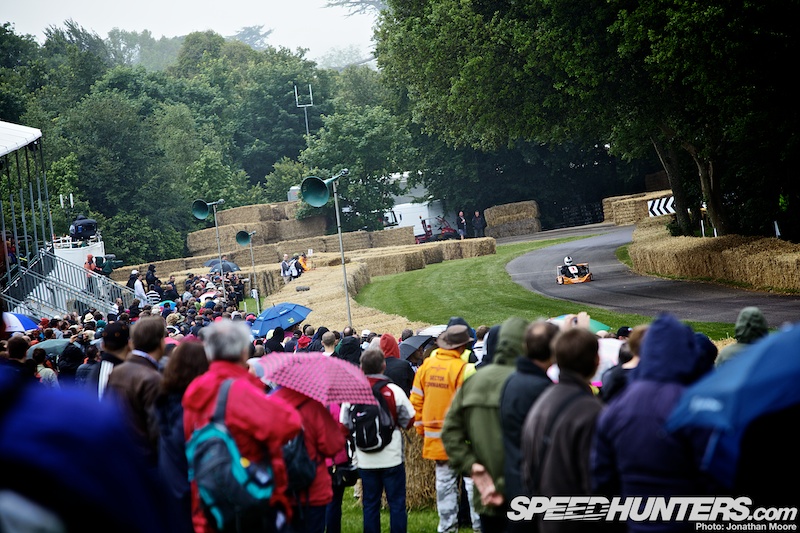
The next section is a left-skewed ‘straight’ that starts the run uphill and under the trees. The trees come at just the point you don’t want them: their shadow obscures the fact that you’re running head on for an old flint wall, which solidly defines a fast right-left chicane.

The flint wall is infamous: many a wing mirror has been lost trying to gain precious tenths against its unforgiving surface – and many cars have ended their runs right here.
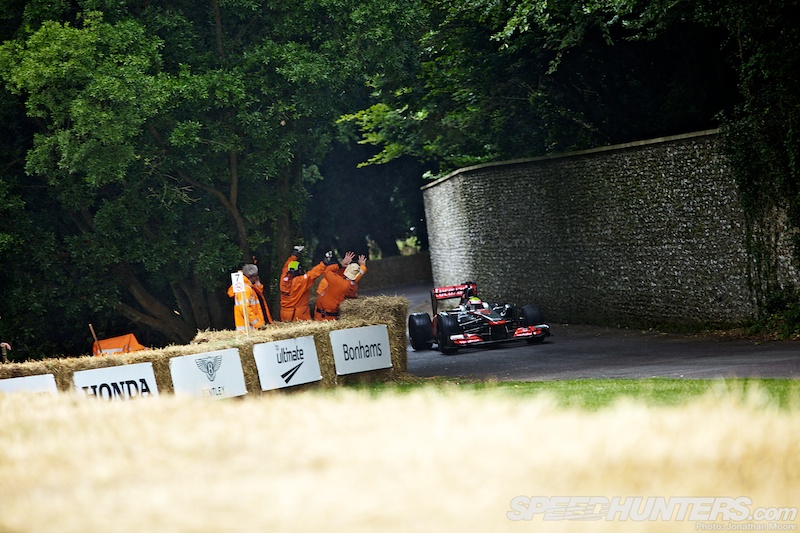
On the exit the drivers are hemmed in by the continuing flint wall on the left and hay-bales on the right: there’s absolutely no space except the ribbon of tarmac you’re struggling to follow.
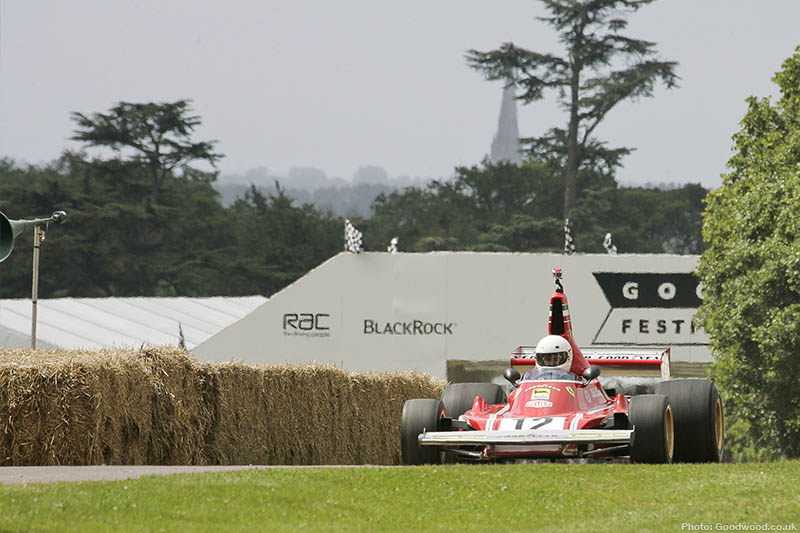
Running blinking back into the sunlight, a gentle left eases into a right via a more open area surrounded by spectators. Next is another short run up under the trees, with the bales again skimming the sides of the track.
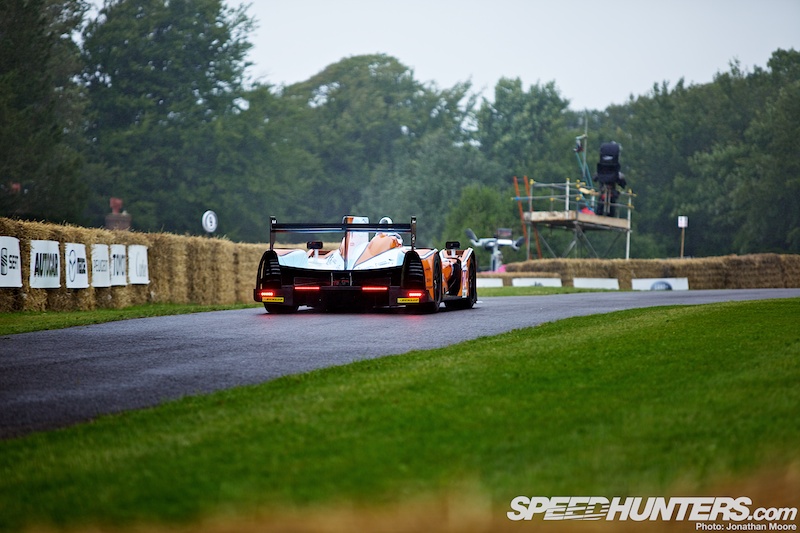
There’s a final blinding flash of sun (depending on the day!) as the cars emerge into the last open spectator area, where the bales open out and provide a chance for a last breath before the claustrophobic run to the flag.
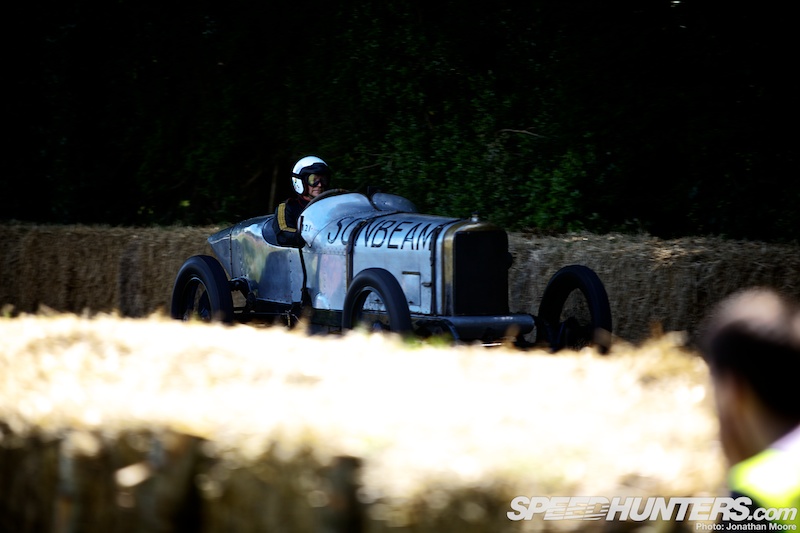
The course tracks to the left as the bales narrow and flash by. The finish gantry quickly looms into sight above you: time for a final chance to nail the gas, then it’s off the throttle and a cruise up the long cool-down straight to the grandstand-lined Top Paddock and the cheers of the crowd.
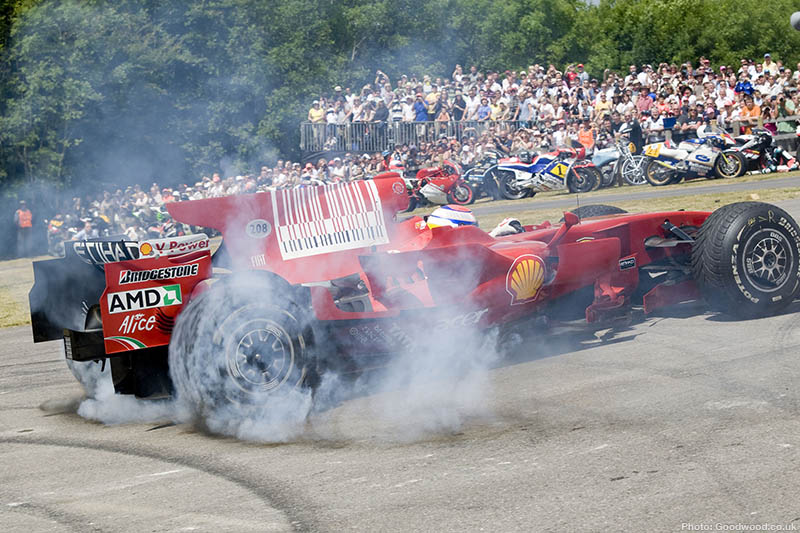
Runs complete for the group, the cars then reassemble for the return back down the hill and the paddocks before handing off to the following category, usually preceded by a quick burn-out – just to get the rubber up to temperature…
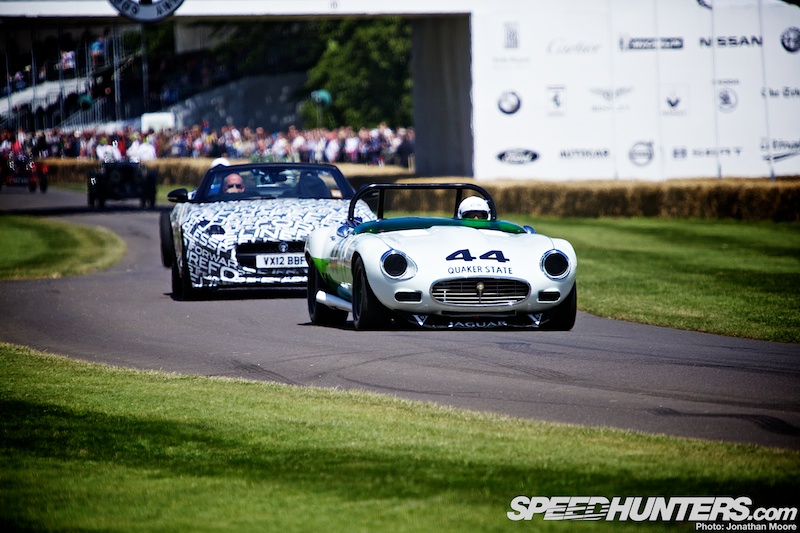
Rinse and repeat: there’s a constant stream of cars going up and down from dawn till dusk over all three days of the Festival.
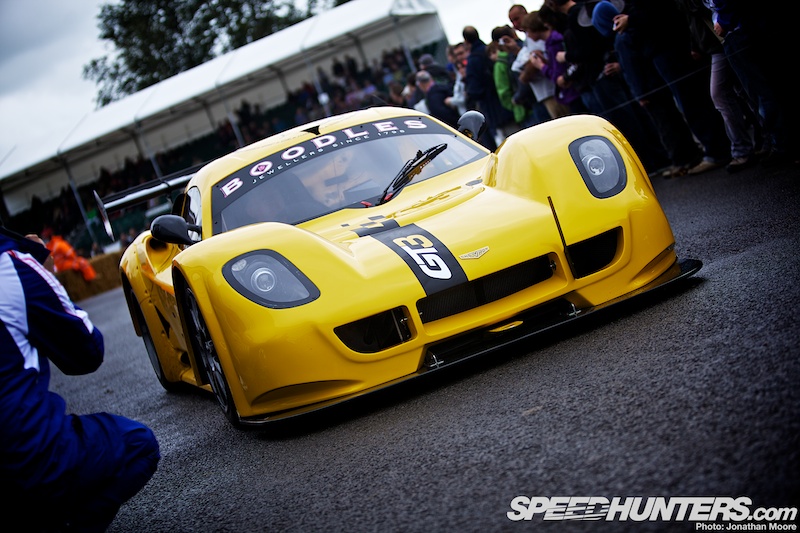
This year’s surprise winner was the diminutive V6-powered, 420bhp Chevron GR8 GT3 racer: veteran Anthony Reid took the Chevron to the top of the course in 46.46 seconds, beating the other cars taking part in the final top 20 shoot-out. During its three runs the Chevron maxed out at 131mph, shaving the flint wall on its ascent.
To put all that in context, check out this video of Heikki Kovalainen taking a Caterham/Lotus F1 car up the hill, recorded at this year’s event. This shows the complete experience from a drivers’ point of view: it’s pretty easy to see why drivers love the event so much!
Jonathan Moore






To be honest i dont see anything that enjoyable or exciting in that run, just a little piece of random road, with expensive cars put on.. Boring.
The Modern Knitting website is over that way ----->
You're allowed to have an opinion as much as I'm allowed to judge you for your faggot tastes.
Its like viewing the whole history of auto racing in one event. I would love the chance to run my Z at that hill-climb.
yea you are obviously in the wrong place buddy.
How about some expensive cars and great drivers put into a short, shallow, small-width, normal tarmac road? And the spectators life/dead is separated by a haystack? If those didn't excites you, yes, the modern knitting website is that way --->, mister George.
And why dont they put F1 into a category. Or Bernie Ecclestone said "Goodwood Test Day!". Haha.
soooo many great cars.... *drools*
Some more pics from FoS : http://shadowmedia.eu/2012/07/21/festival-of-speed-goodwood-2012-lotus-celebrating-its-60th-birthday/
@Shadowmedia nice photos!